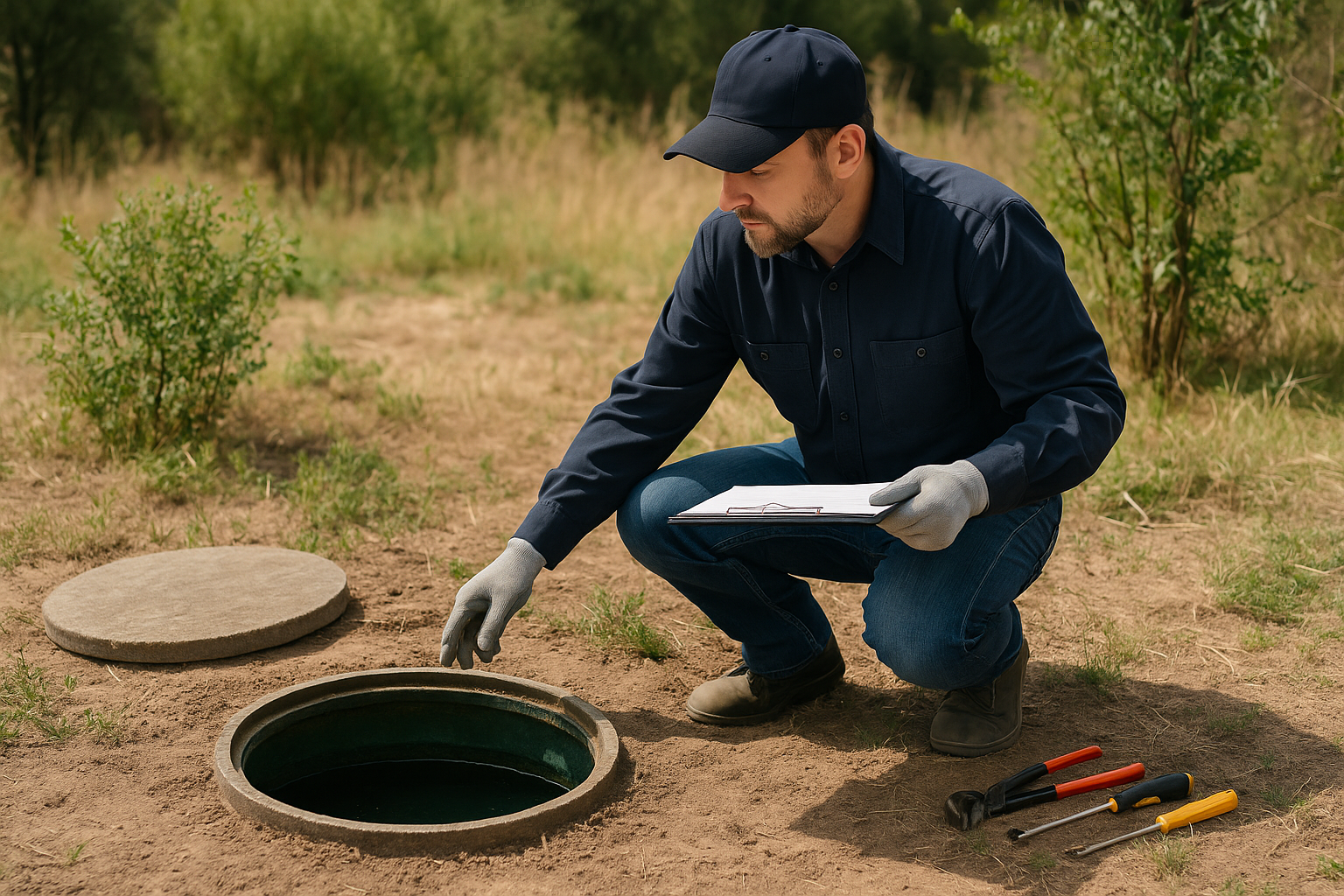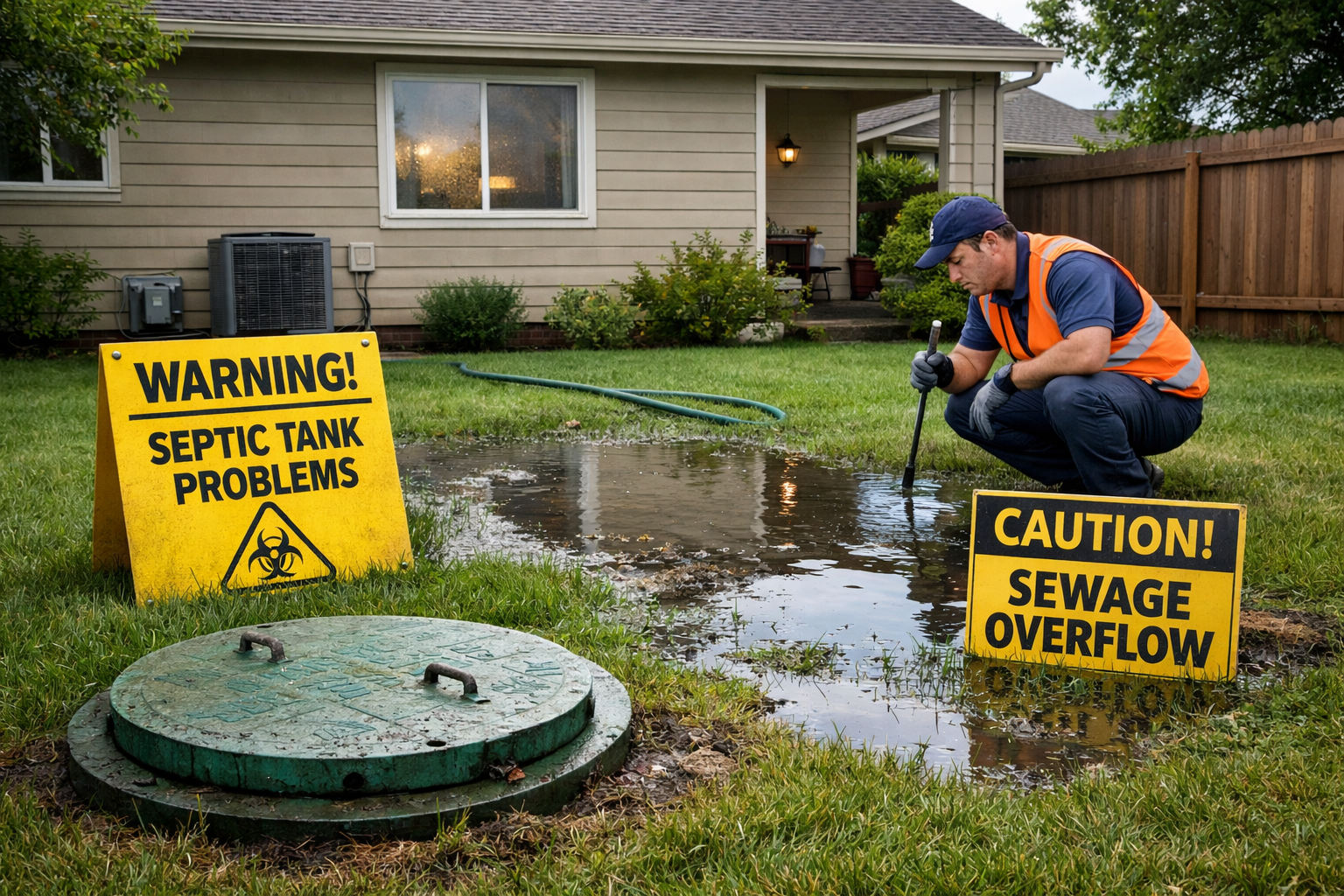Ever thought about what’s really beneath your backyard? If you live outside Sacramento’s sewer service areas, chances are your home relies on a septic system—and when it comes to install septic systems, replace an old one, or perform winter septic tank insperepair my septicctions, the process isn’t just about digging a hole and dropping in a septic tank. Without the right Sacramento septic permits, you could be looking at costly delays, fines, or a system failure at the worst possible time.
The truth is, septic regulations in Sacramento County are designed to protect more than just your property—they safeguard local health, nearby wells, public waterways, and the environment we all share. But figuring out what’s required, when, and by whom can feel like navigating a maze. That’s where this guide comes in.
In the next few minutes, you’ll learn exactly how Sacramento’s septic permit process works, from how to determine your property’s zone to passing final inspections. Whether you’re building new, upgrading an old system, or just curious about the rules, you’ll walk away knowing how to enhance compliance, protect your investment, and avoid common pitfalls.
Understanding Sacramento’s Septic System Rules
Septic systems have been part of Sacramento’s rural and suburban infrastructure for decades, serving home and business properties that aren’t connected to municipal sewer lines. As development expanded into more remote areas, the county recognized the need for consistent regulations to prevent groundwater contamination and ensure system longevity. That’s when zoning, soil testing, and permit requirements became standard practice.
A few key terms to note:
- Standard Area – Properties where soil conditions are favorable for septic systems; no soil test is required.
- Test-Drill Area – Locations where deep soil testing (40–50 feet) must be performed before design approval.
- Leach Field – The subsurface area where treated wastewater is released and filtered through the soil.
Today, stricter environmental standards and public health priorities shape how systems are approved, installed, and maintained. Property owners must work closely with licensed contractors—and in some cases, engineers or geologists—to meet county codes.
The Permit Process: From Application to Approval
The Sacramento septic permits process ensures your system will function safely for years. Here’s how it works:
- Determine Your Zone – Visit the county’s Test Drill Map to check if your property is in a standard or test-drill area.
- Soil Testing – Required in test-drill areas unless the system design is already on file or the system has operated without repair for 8–12 years.
- System Design – Created by a licensed contractor, and if needed, an engineer or geologist, based on soil type and household size.
- Permit Application – Submitted to the Environmental Management Department (local health authority) with a plot plan showing where the system will be located.
- Inspection & Approval – County inspectors check that installation meets code before final backfill and use.
These steps prevent system failures, protect groundwater, and ensure long-term reliability. If you’re wondering how much are septic inspections or how much do septic inspections cost, it depends on types of inspections, property size, and location—but budgeting for them early can save you from surprise expenses later.
Why Getting It Right Matters
Permits aren’t just paperwork—they’re your safeguard against costly issue down the road. Benefits include:
- Legal Compliance – Avoid fines and project delays.
- Environmental Protection – Properly designed and installed systems keep groundwater clean.
- Property Value – A record of compliance is a selling point.
- Long-Term Savings – Well-planned systems require fewer repairs.
For instance, a property owner in Sacramento avoided a collapse of their leach field because their required inspection caught a design flaw before the system was installed.
Common Challenges and How to Overcome Them
Some of the most frequent hurdles in the septic system process include:
- Unexpected Soil Test Failures – Sometimes requiring alternative system designs.
- Permit Delays – Often due to missing information or incomplete applications.
- Contractor Scheduling Conflicts – Can push timelines back weeks.
Steps to avoid them:
- Hire contractors experienced with Sacramento septic permits.
- Review all application details before submission.
- Coordinate inspections to match your construction schedule.
Step-by-Step: How to Get Your Sacramento Septic Permit
- Locate your property on the County Test Drill Map.
- Confirm requirements with the local health department.
- Hire a licensed contractor (and engineer if required).
- Complete soil testing if in a test-drill area.
- Design the system based on soil and property needs.
- Submit the application with your plot plan.
- Pass the county’s inspection before use.
Note: Keep a summary of all communications and file copies of permits and inspection reports—this will be invaluable if you sell your property.
Looking Ahead: The Future of Septic Regulation in Sacramento
Upcoming changes may include:
- Stricter setback rules to protect wells and waterways.
- Increased use of alternative wastewater systems.
- Online application processes to enhance speed and efficiency.
Property owners should review updates regularly on the county website and maintain contact with local health officials to stay compliant.
Wrapping It Up
By following the steps outlined in this guide, you can prevent costly mistakes, protect your investment, and ensure your system serves you for decades. Always keep records, work with reputable contractors, and never underestimate the benefits of septic inspections in maintaining septic systems.
FAQ: Sacramento Septic Permits & Inspections
1. How much do septic inspections cost in Sacramento County?
Costs vary based on types of inspections, area, and property size. On average, septic tank inspections range from $300–$650.
2. How often should I have my septic system inspected?
It’s recommended to check your system every 1–3 years, with winter septic tank inspections being beneficial to prevent cold-weather issues.
3. Do I need a permit to repair my septic system?
Yes. Any repair or replacement in Sacramento County generally requires a permit from the local health department.
4. What happens if I install a septic system without a permit?
You risk fines, delays, and potential system failure that can affect public health and nearby wells.
5. Where can I get more information?
Visit the Sacramento County Environmental Management Department website or contact them directly for current requirements.






